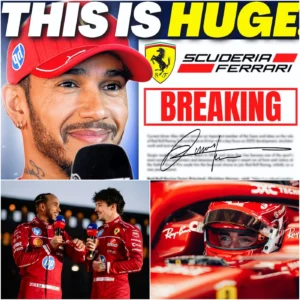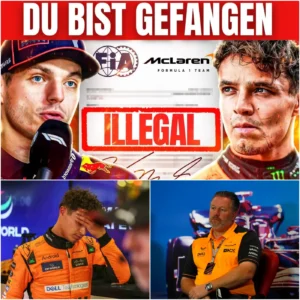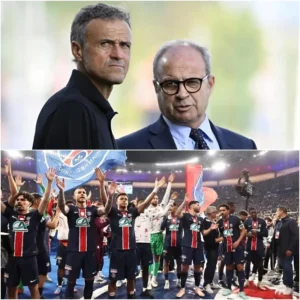Charles Leclerc, Ferrari’s hometown hero, faced another bittersweet Monaco Grand Prix in 2025, finishing second behind McLaren’s Lando Norris. Despite a strong performance on the iconic Monte Carlo streets, Leclerc was candid in his assessment of why victory slipped through his fingers, pointing to a critical factor: Ferrari’s struggles in low-speed corners. “The numbers don’t lie,” Leclerc said post-race, reflecting on the SF-25’s limitations that cost him the chance to repeat his emotional 2024 triumph. His honesty sheds light on Ferrari’s challenges and his own relentless pursuit of perfection at his home race.
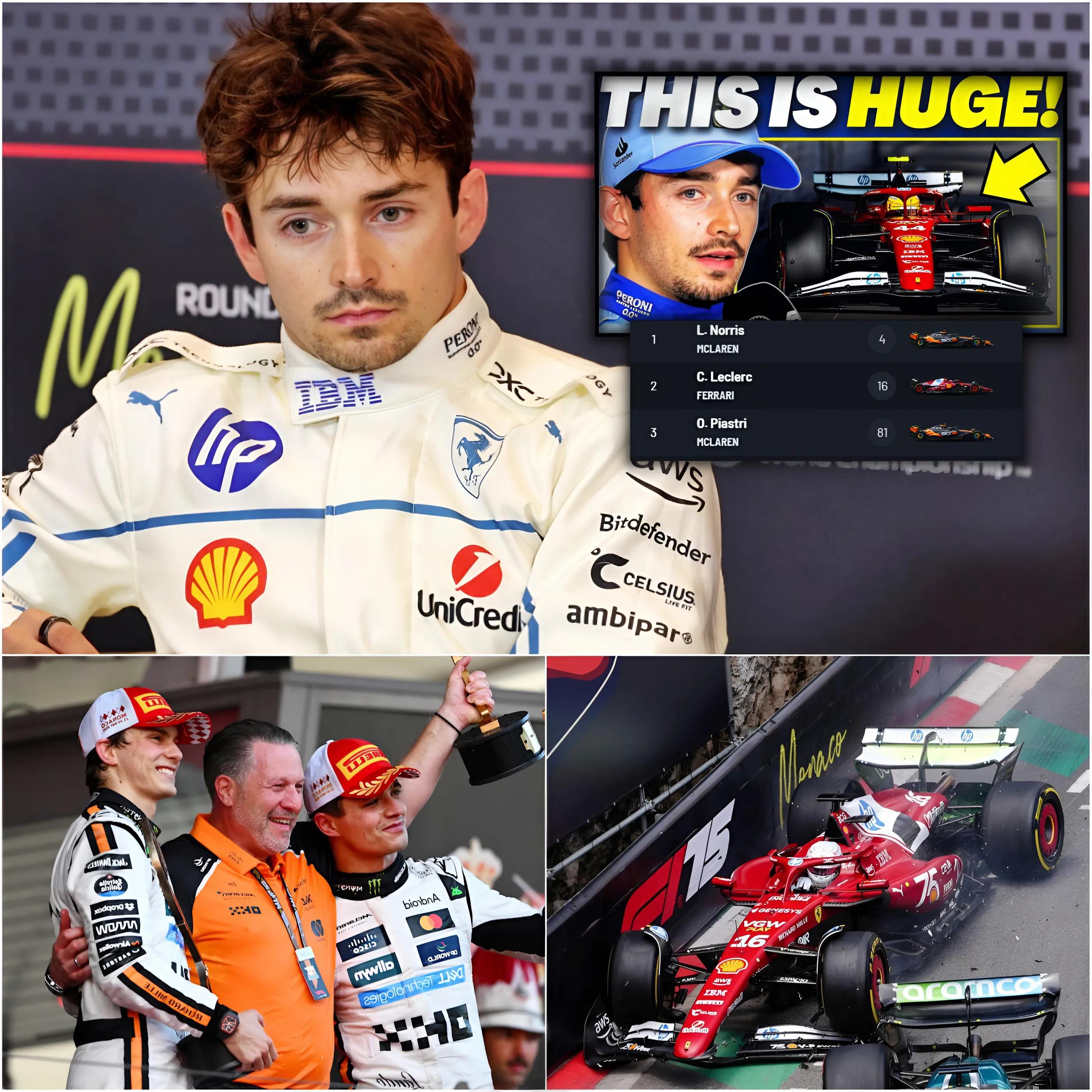
Leclerc’s Monaco story is one of near-misses and heartbreak, punctuated by moments of brilliance. Born and raised in the Principality, he grew up watching Formula 1 cars navigate the tight, twisting circuit from friends’ balconies, dreaming of one day claiming victory. His 2024 win was a landmark, breaking what many called a “Monaco curse” after years of misfortune, including a driveshaft failure in 2021 that prevented him from starting and a strategic blunder in 2022 that dropped him from pole to fourth. This year, expectations were tempered. Leclerc admitted before the race that Ferrari’s car wasn’t suited to Monaco’s low-speed corners, a weakness that proved decisive.
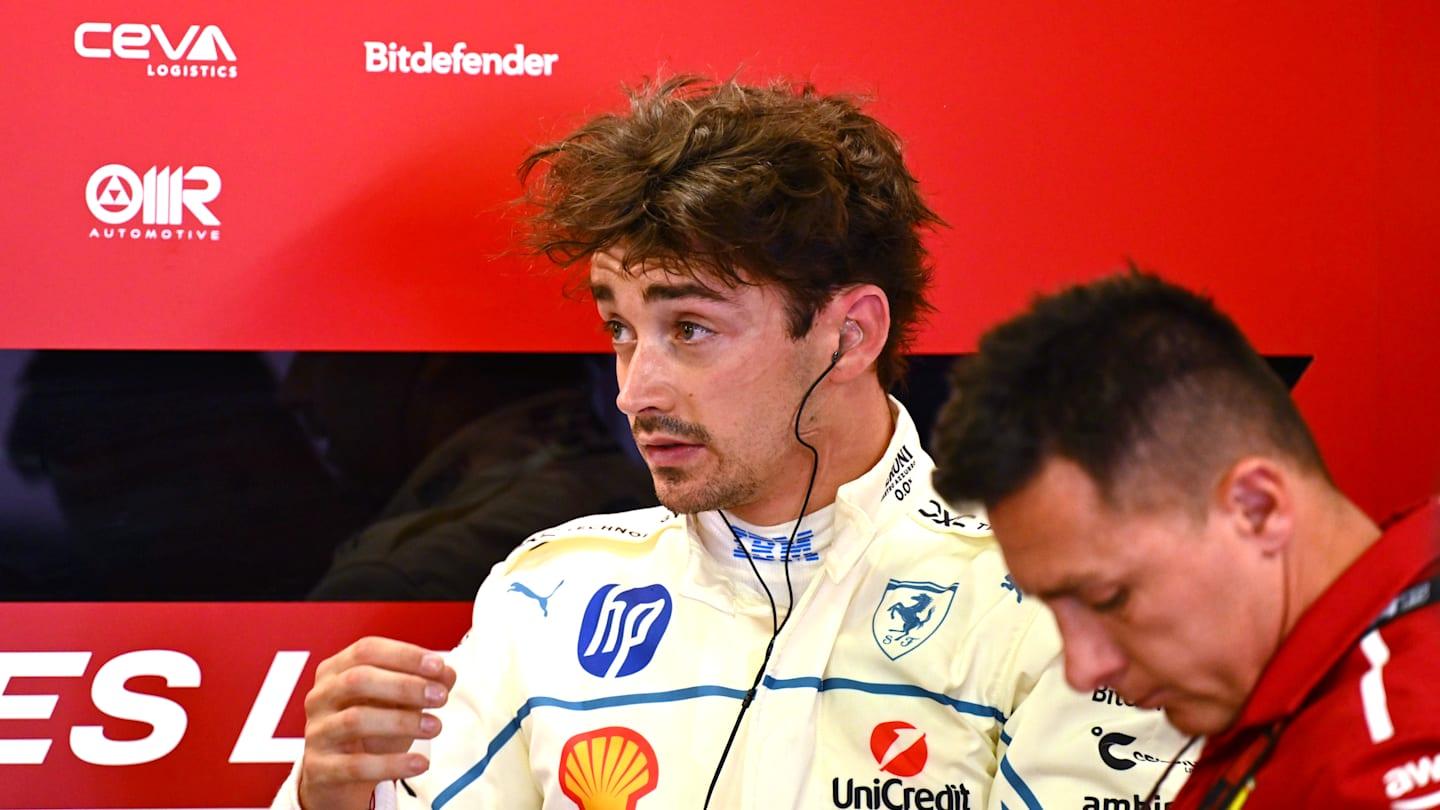
The 2025 Monaco Grand Prix was a tactical affair, with a new two-pit-stop rule introduced to shake up the racing. However, the race remained characteristically processional, with overtaking opportunities scarce. Leclerc started second, narrowly missing pole to Norris, who capitalized on McLaren’s superior pace. From the outset, Leclerc applied pressure, especially at Turn 1 and in the closing laps, where Max Verstappen’s alternate strategy backed Norris into him. Yet, the Ferrari couldn’t find the grip needed to challenge effectively in the tight corners, leaving Leclerc to settle for P2. “We lost the race yesterday,” he said, referring to qualifying, where Norris edged him out by a fraction. “Lando did a better job this weekend, and he deserves the win.”
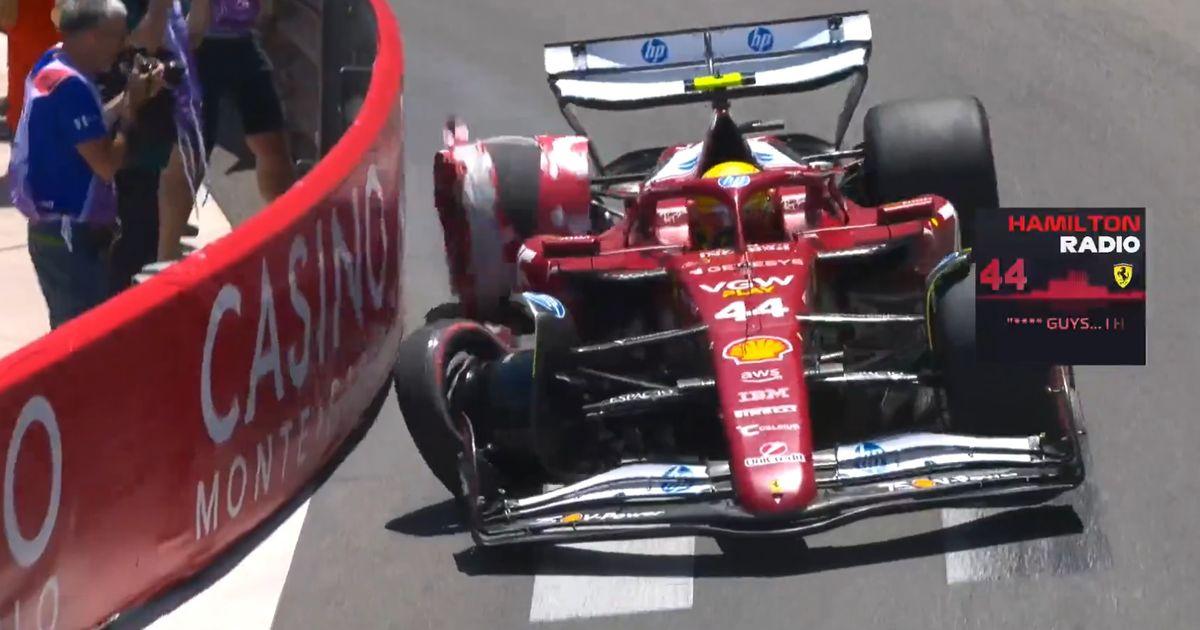
Ferrari’s SF-25 has shown flashes of promise this season, but its weaknesses in low-speed corners were exposed on Monaco’s unique layout. Leclerc highlighted this in a post-race interview, stating, “Our biggest weakness is low-speed corners, and Monaco is all low-speed corners. On paper, it wasn’t our strongest track.” Despite the disappointment, he found positives, noting that finishing second exceeded expectations, given Ferrari’s struggles. The team’s performance was a step above their anticipated top-10 challenge, but Leclerc’s ambition burns brighter than ever. “I’m never happy with second,” he declared, signaling his determination to address Ferrari’s shortcomings.
Leclerc’s qualifying lap was a masterclass, nearly stealing pole despite the car’s limitations. His ability to extract performance from the SF-25 underscores why he’s regarded as one of F1’s premier qualifiers, with 23 career poles, more than any non-world champion. However, converting poles to wins remains a challenge, with only five victories from those starts. Monaco’s narrow streets amplify the importance of starting position, and Leclerc’s P2 grid slot left him vulnerable to Norris’s pace. The race unfolded predictably, with the top three—Norris, Leclerc, and McLaren’s Oscar Piastri—holding station after the start. Verstappen’s late pit stop briefly spiced things up, but Leclerc couldn’t capitalize, stuck in the McLaren’s wake.
The emotional weight of racing at home adds another layer to Leclerc’s story. His 2024 victory was a deeply personal milestone, dedicated to his late father, Hervé, who fueled his F1 dreams. This year, despite the result, the Monegasque fans’ support was unwavering, their cheers echoing through the harbor. “It warms my heart to have so much support at home,” Leclerc said, though he admitted the sting of falling short. His focus now shifts to Ferrari’s development, with the team needing to address the SF-25’s low-speed deficiencies to stay in the title fight.
As the F1 circus moves to Spain and beyond, Leclerc’s Monaco performance serves as both a reminder of his talent and a call to action for Ferrari. The numbers may not lie, but neither does his resolve. With the season still young, Leclerc is determined to turn near-misses into victories, starting with addressing the car’s weaknesses. For now, Monaco remains a track that tests his skill and patience, but if anyone can conquer its challenges, it’s the local hero who refuses to settle for second.
